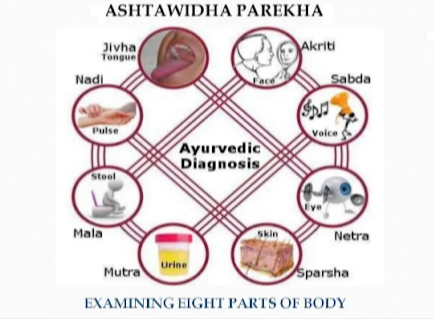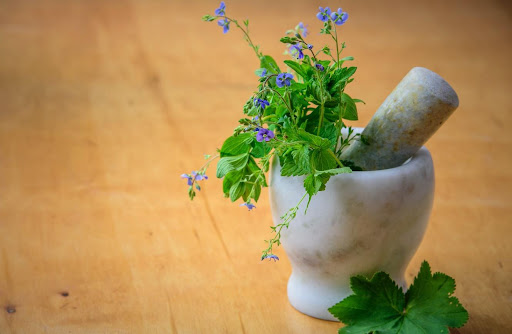Digital Nadi-Pariksha and its Tracking
Science of Nadi Pariksha The Nadi, an index of heart rate and mirror of our body and mind is of great importance. According to ancient Ayurveda science, various Nadi patterns are indicators of the mind and body and their internal health components.Nadi Pariksha i.e. pulse …
Ancient Non – invasive health monitoring system – Ashtavidha Pariksha
Ayurveda is science of life, and it focuses on the complete physical, mental, social and spiritual health of an individual. The principles of Ayurveda are based upon Tridosha- Saptadhatu- Agni and its role in maintaining health harmony. Impairment of single or multiple elements often leads …
It’s Time to Detox: Rekindling the “Self-Love mode”!!!
Hello…. How was your Valentine’s Day celebration yesterday? We are sure you are on the top of the world, feeling loved & pampered in several different ways. So, did you celebrate your Valentine’s Day with your Loved ones in a homely environment? Or did you …
Importance of Data in Ayurveda
Ayurveda is one of the oldest known medical systems in human history. Prediction and Prevention are the core strengths of Ayurveda which differentiates it from other streams of medical sciences such as Allopathy. Ayurveda always emphasizes a personalized and holistic approach of diagnosis. Person needs …
The Three Company
Ayurveda is a ‘wholistic’ science. Atleast that’s what you must have heard or read somewhere, before reading this post. But have you ever given it a thought? As to what exactly does it mean by wholistic? What difference does it make? Is it really that …
Honour the strength within YOU!!
Today’s century is Women empowerment. We daily observe such multitasking ladies around us. But there are some lacunas in their personal life, which are related to physical and mental strength. Let’s see a few examples – I had participated in a full marathon before I …






